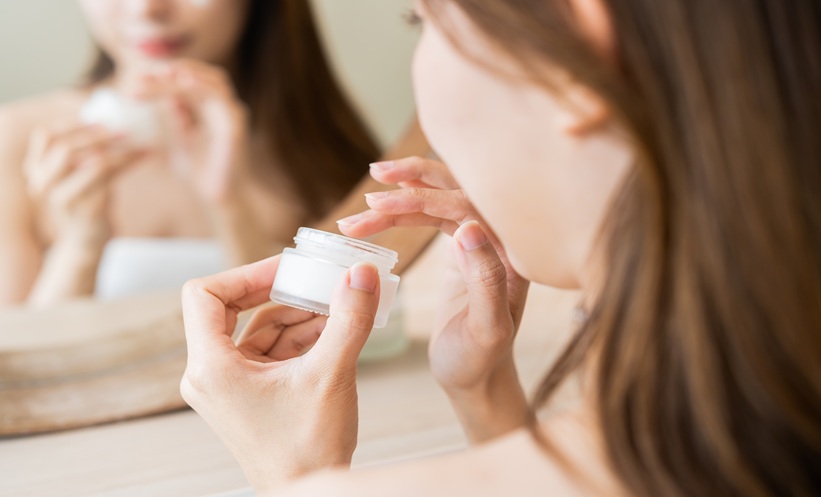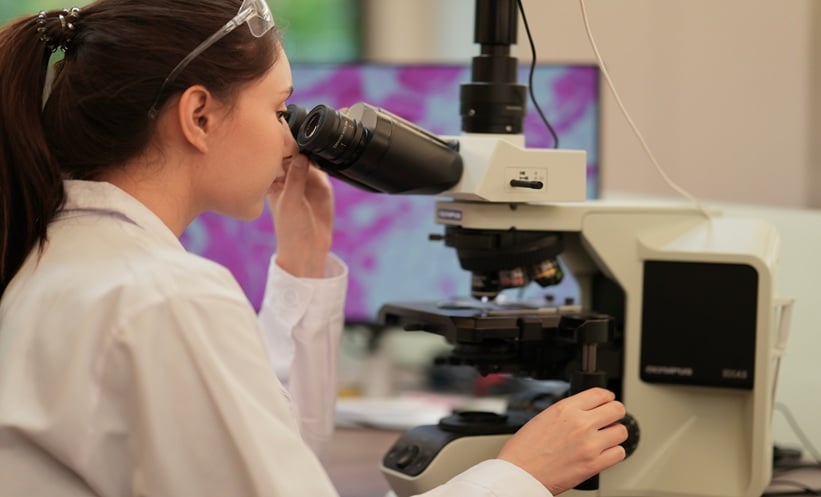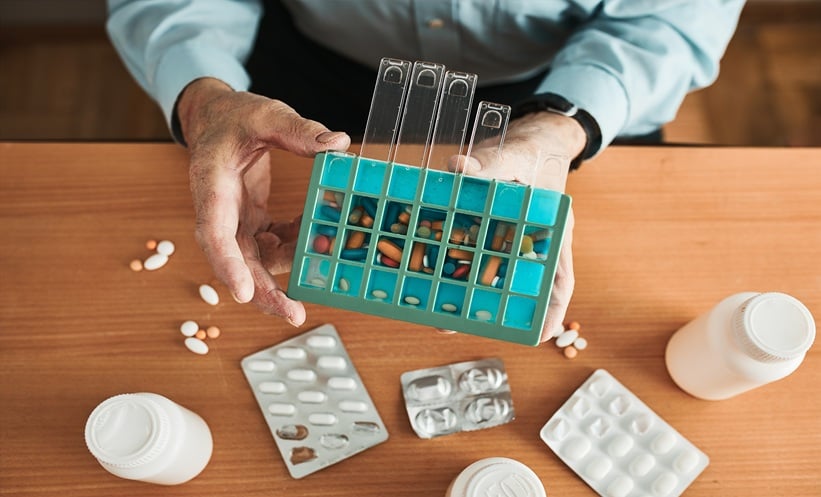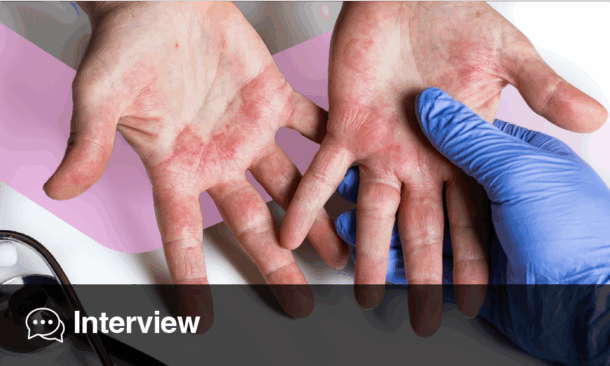A RECENT cross-sectional study sheds light on the knowledge, perceptions, and practices surrounding skin-lightening products (SLPs) among female medical students. The study, which surveyed 305 students across Jordanian universities, reveals an interesting contrast between the participants’ awareness of the potential risks and their actual use of these products.
While many medical students demonstrated a solid understanding of SLPs, their perceptions of skin tone were diverse, with 40.7% of them reporting the use of these products. Most users were of Fitzpatrick skin type 3, commonly associated with medium skin tones. The most frequently used active ingredients were Vitamin C (72.4%) and niacinamide (38.3%), with many citing facial hyperpigmentation (35.5%) and skin tone lightening (30.6%) as the primary motivations for use.
Despite the reported benefits, side effects were common, with acne (30.3%), skin redness (29.4%), and color changes (16.8%) being the most frequently observed. While 34.7% of users expressed satisfaction with the results, nearly 37.1% noted only fractional improvements, and 28.2% were dissatisfied. One concerning finding was that only 43.5% of users sought professional advice from a physician or dermatologist before starting the products. Many students relied on social media and peer recommendations instead.
The findings of this study reveal a significant gap between the knowledge of the risks associated with SLP use and the practices among future healthcare professionals. Cultural and social beauty standards play a major role in shaping these behaviors, indicating the need for targeted educational interventions to address misinformation and societal pressures. There is also an urgent call for stronger regulatory measures to ensure safer practices and promote dermatologically sound alternatives.
Reference:
Qeyam H et al. Knowledge, Perceptions, and Practices of Skin-Lightening Products Among Female Medical Students: A Cross-Sectional Study. J Cosmet Dermatol. 2025;24(8):e70380.








